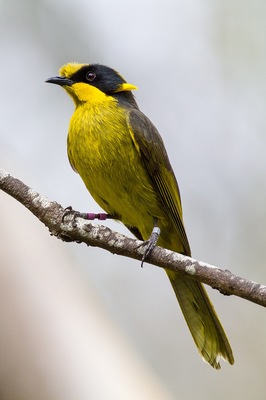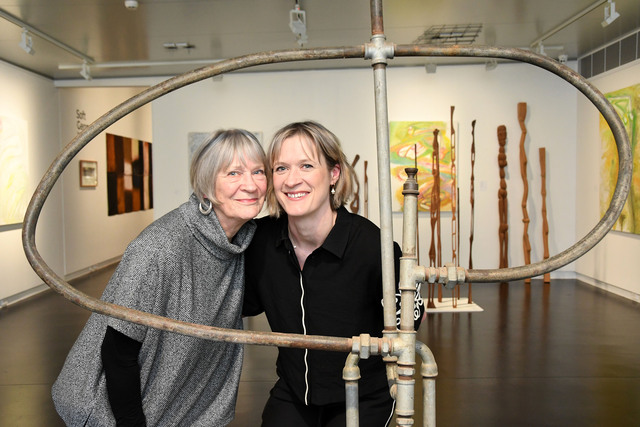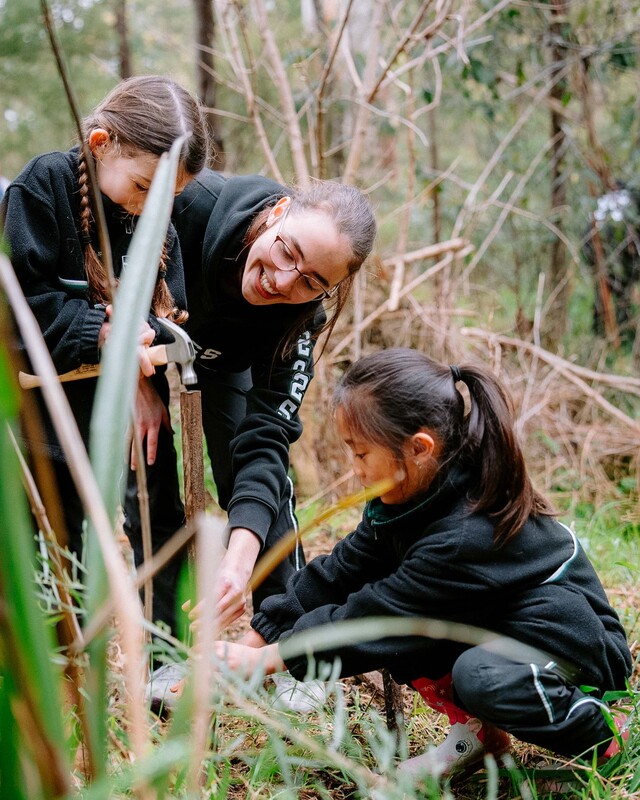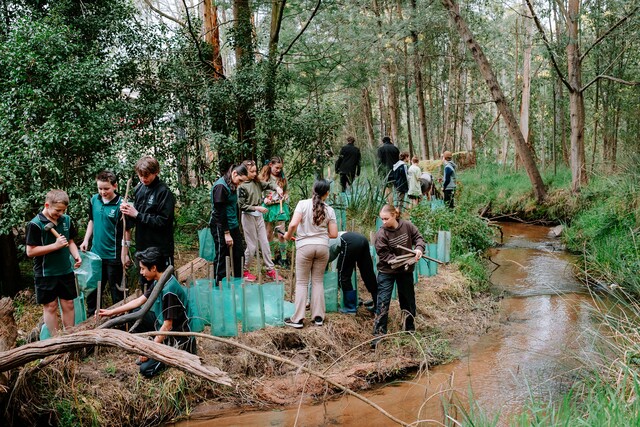HELMETED Honeyeater watchers will better gauge in the coming weeks how successful the species has been at overcoming this winter.
According to the Department of Environment, Land, Water and Planning (DELWP), the winter months are the greatest test for the delicate and re-emerging population at the Yellingbo Nature Conservation Reserve.
The reserve includes captive-bred birds released from Healesville Sanctuary’s captive colony.
DELWP Senior Ornithologist, Bruce Quin, said the birds’ ability to withstand the winter months was crucial to boosting the population.
“These young ones will need even more food to keep their weight on and stay warm at night, hoping for enough swamp gum nectar, which is their ideal winter food,” he said.
“And they’re especially vulnerable to their natural predators like birds of prey and butcherbirds.
“Helmeted honeyeaters use June-July to establish territory for the upcoming breeding season, which can start as early as August and runs to January.”
Mr Quin said a bumper 2014-’15 breeding season had pushed the emerging population past 130, its highest level in decades.
Last year, Greening Australia and Friends of the Helmeted Honeyeater (FoHH) were instrumental in planting 385,000 trees and shrubs at Yellingbo.
Mr Quinn said their efforts were paying dividends.
“Above all, we’re thrilled hard work from the volunteers and other organisations is paying off to provide a habitat for this delicate and promising population,” he said.
DELWP and FoHH have urged more volunteers to come forward.
For volunteer inquiries, email heho1@optusnet.com.au or contact 5964 8341.
Cold test for honeyeaters

Digital Editions
-

Private works, public tribute
Purchase this photo from Pic Store: 502505 For most of his life, Emerald artist, Stewart MacInnes quietly created in the background with painting, sculpting, drawing…





